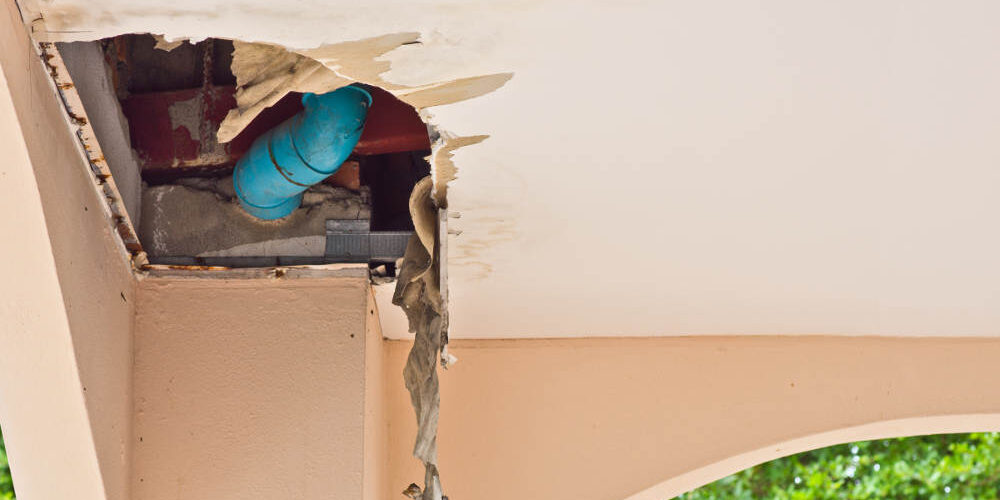When asbestos is present in an older building, complete removal of the substance is not always the best solution for controlling the hazard. In some situations, encapsulating or encasing the asbestos inside another material is the safest and most cost-effective route to asbestos abatement.
Encapsulation of Asbestos
One positive fact about asbestos, and the reason it was so widely used for so long is the fire-proofing properties of this natural mineral. As far back as ancient Rome, people have used asbestos to insulate structures and people against heat and fire.
Encapsulation of asbestos involves leaving the material in place and completely encasing it in a durable and low-toxicity covering which prevents any deterioration of the asbestos from happening. It also leaves the asbestos in a place where it continues to provide superior fire and heat protection, but now without any potential hazard from deterioration.
Since 1990, the federal Environmental Protection Agency (EPA) has issued specific recommendations for methods and materials for safely encapsulating asbestos with an approved asbestos encasement product. Harbor Environmental Group uses EPA approved products for encapsulation of asbestos during abatement work.
Advantages of Asbestos Encapsulation
Complete removal of asbestos in a building can cause secondary problems when dust is released during demolition. Control of this dust involves the use of plastic barriers, fans, worker safety gear, and other equipment for preventing hazardous dust from entering the environment.
When asbestos is encapsulated, it is left in place, and there is no possibility of contamination from dust. It is also usually less expensive to encapsulate, when possible because it is less labor-intensive and there are no disposal fees.
For more information contact Harbor Environmental Group, the Los Angles experts on asbestos encapsulation and abatement.




